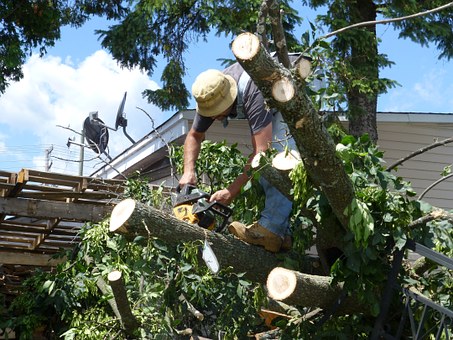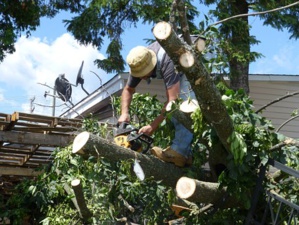Dailycsr.com – 21 March 2018 – Following a gap of 160 days since the Hurricane Maria hit the land of Puerto Rico, on “September 20, 2017”, the statistics, presented below, sourced from “Wikipedia’s page on the storm”, as mentioned by Ray C. Anderson Foundation, gives us tangible numbers:
- 4 – The category of the storm when it made landfall;
- 64 – Miles per hour of sustained wind speeds in San Juan at landfall;
- 113 – Miles per hour of wind gusts in San Juan at landfall;
- 37.9 – Maximum inches of rain received on the island;
- 15 – Maximum feet of flood water depth reported on the island;
- 780,000,000 – Estimated dollars of agricultural losses on the island, representing 80% of the territory’s agricultural yield at the time;
- 80,000 – The number of people in Puerto Rico without power BEFORE Maria struck, as a result of Hurricane Irma two weeks prior;
- 3,400,000 – The island’s approximate population, all of whom lost access to grid electricity in the storm;
- 88 – Percent of Puerto Rico’s population without power one month after the storm;
- 45 – Percent of Puerto Rico’s population without power three months after the storm.
Websites provide current data on the continued “restoration work”. However, even now Puerto Rico’s 15.6% territory does not have electricity connection. As per estimation around “$90 billion” has been the damage cost of Maria, therefore its impact will remain for a “long time yet to come”, whereby carving its memory in the mind’s for the “Puerto Ricans” for decades to come.
Many may have forgotten the havoc caused by Maria which was “minimal” on the “continental United States”, while given a “decent chance” many might not be aware of the devastations of Maria. At the current age of information, news appears as quickly as it gets replaced by a new one before we begin to even realise the gravity. One could wonder if it’s because of the number of tragedies taking place in the world which keeps the supply of new disastrous events strong through the news channels.
In fact, one could even say that we are programmed to forget unpleasant things, so if disasters are “psychologically difficult” issues for the mind to handle, it is only natural that they slip quietly from our mind. Otherwise, one could also argue that the modern age of surface and “bite-sized” information does not allow one to delve deeper into topics like Hurricane Maria.
However, one couldn’t gain much by railing against the “social media and news” channels’ business models. Therefore, one can only urge the world to learn to remember better. In Ray C. Anderson Foundation’:
“When a tragedy occurs that deeply touches you, don’t let it leave your mind in mere days. Contribute financially to it in the moment, and consider including it again in any year-end gifting you do. Set a calendar reminder for six months later, so you can reflect on it on the other side of the year. Go looking for news coverage the moment you think, ‘I haven’t heard much about that in some time’”.
Simply remembering the “people who suffer” is an act of honouring them. Likewise, the Ray C. Anderson Foundation proudly remembers and honours the resilience demonstrated by the Puerto Ricans in the “face of a truly devastating storm”, which is still reflected as they “continue to rebuild their home and their lives”.
References:
3blmedia.com


 Remembering The Ones Who Suffer Is To Honour Them
Remembering The Ones Who Suffer Is To Honour Them





 Companies
Companies